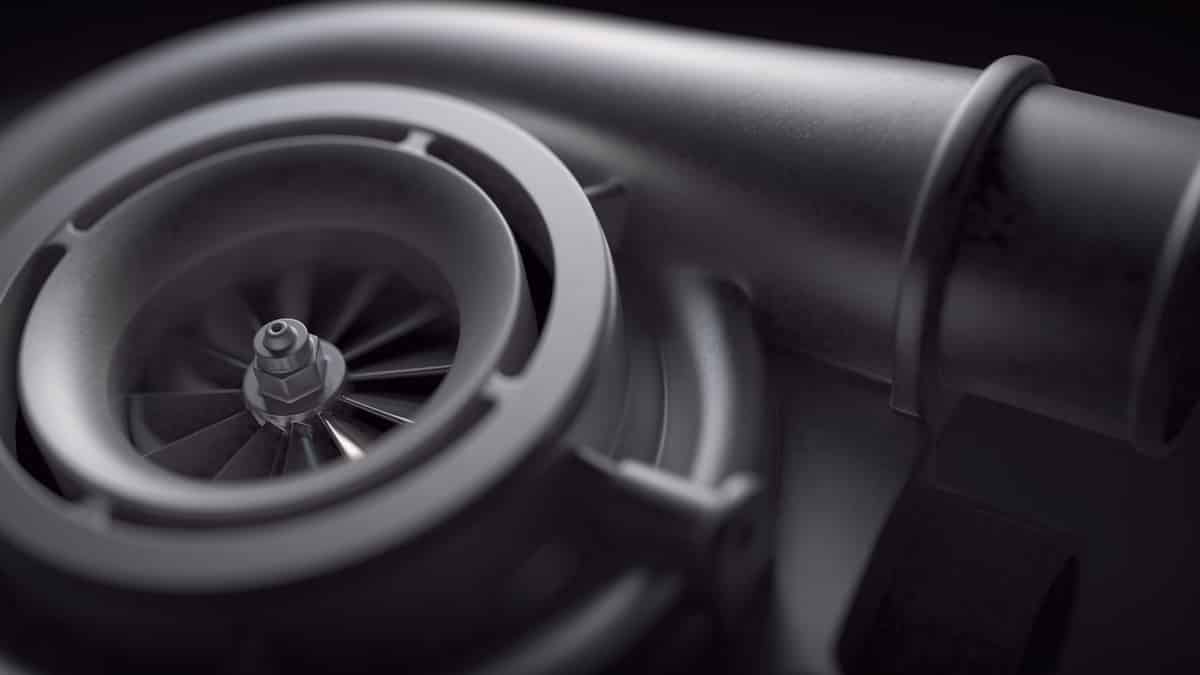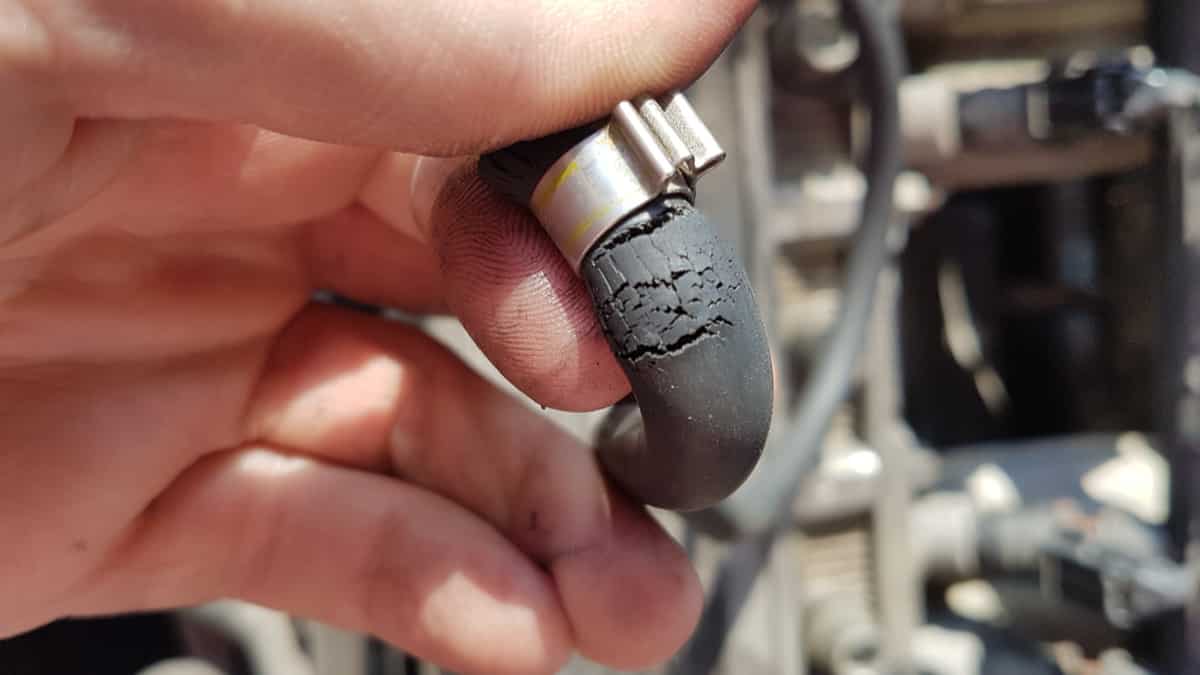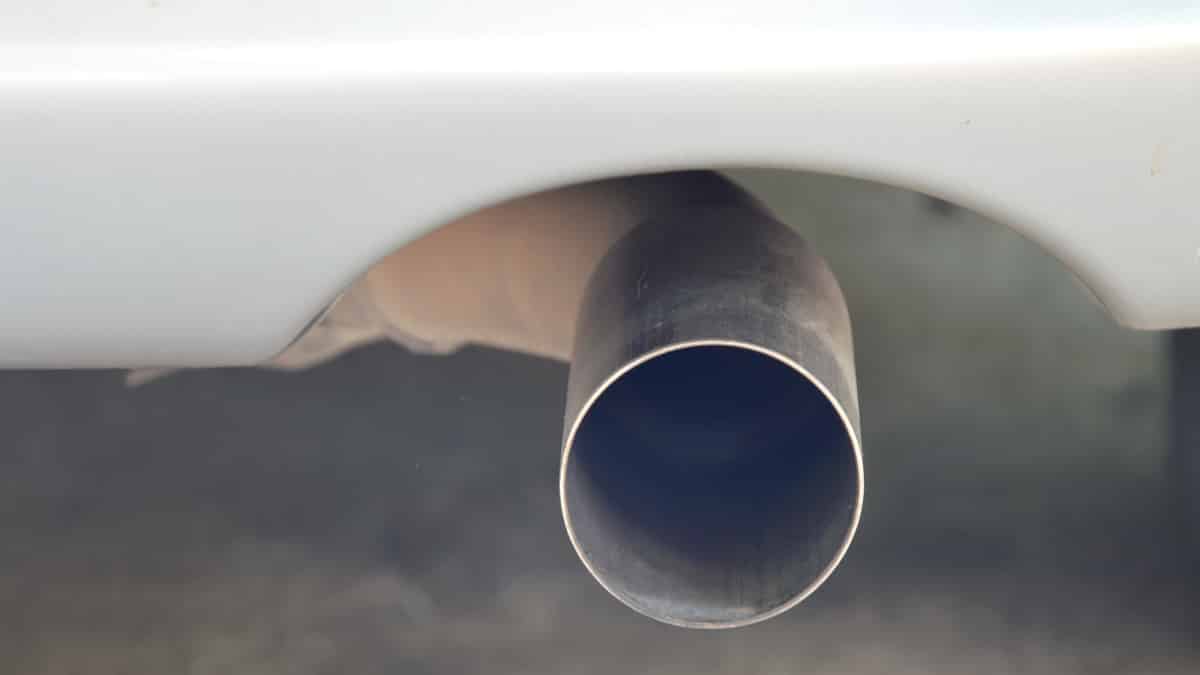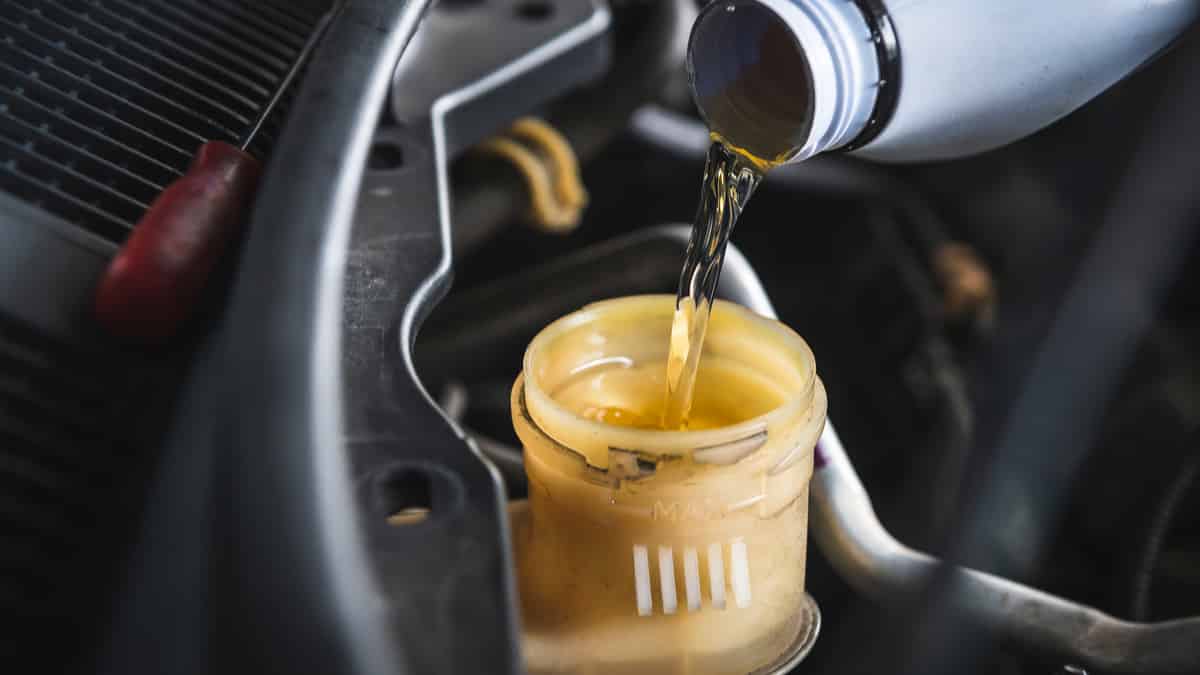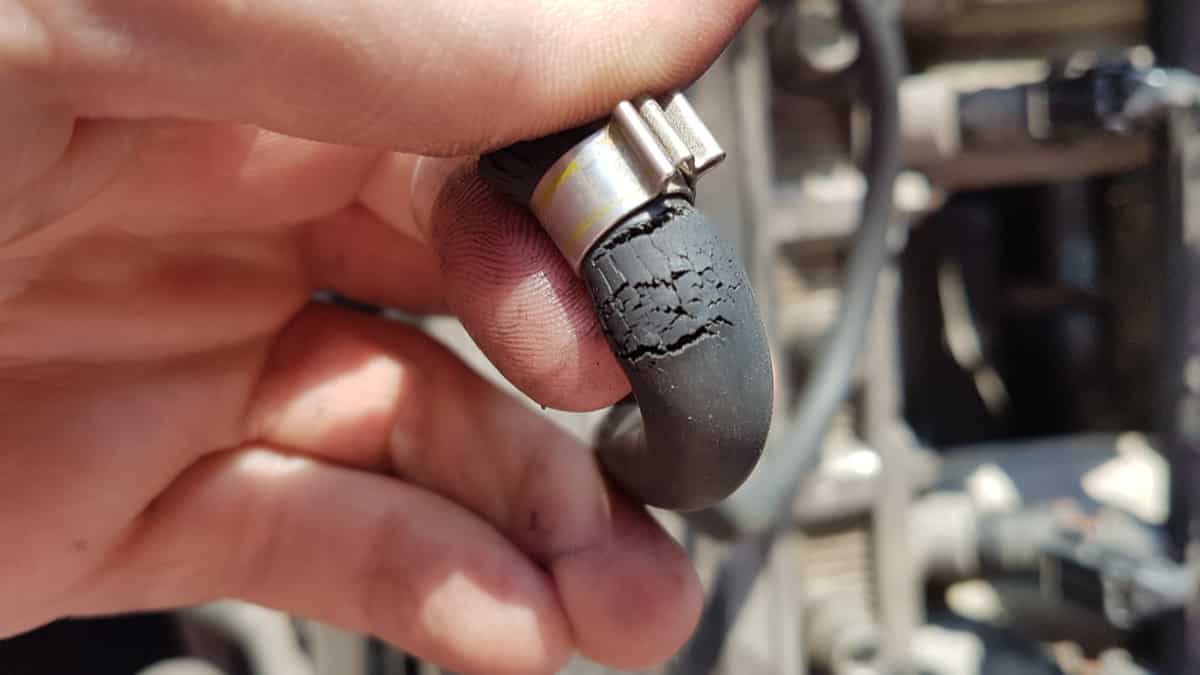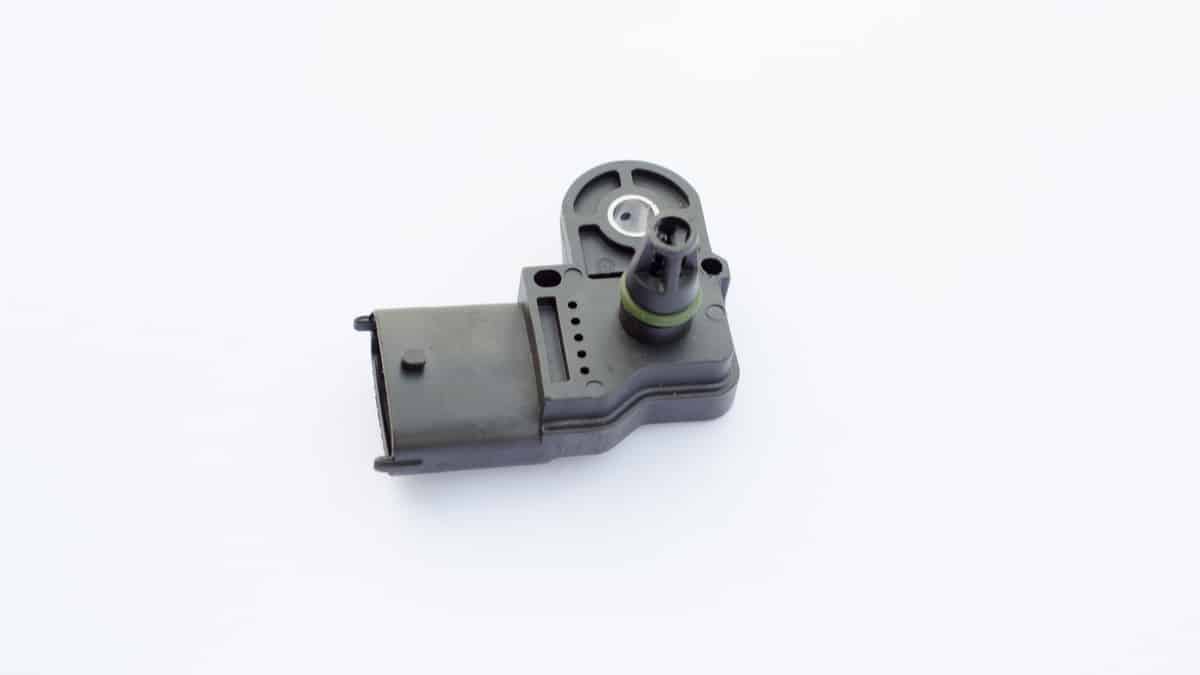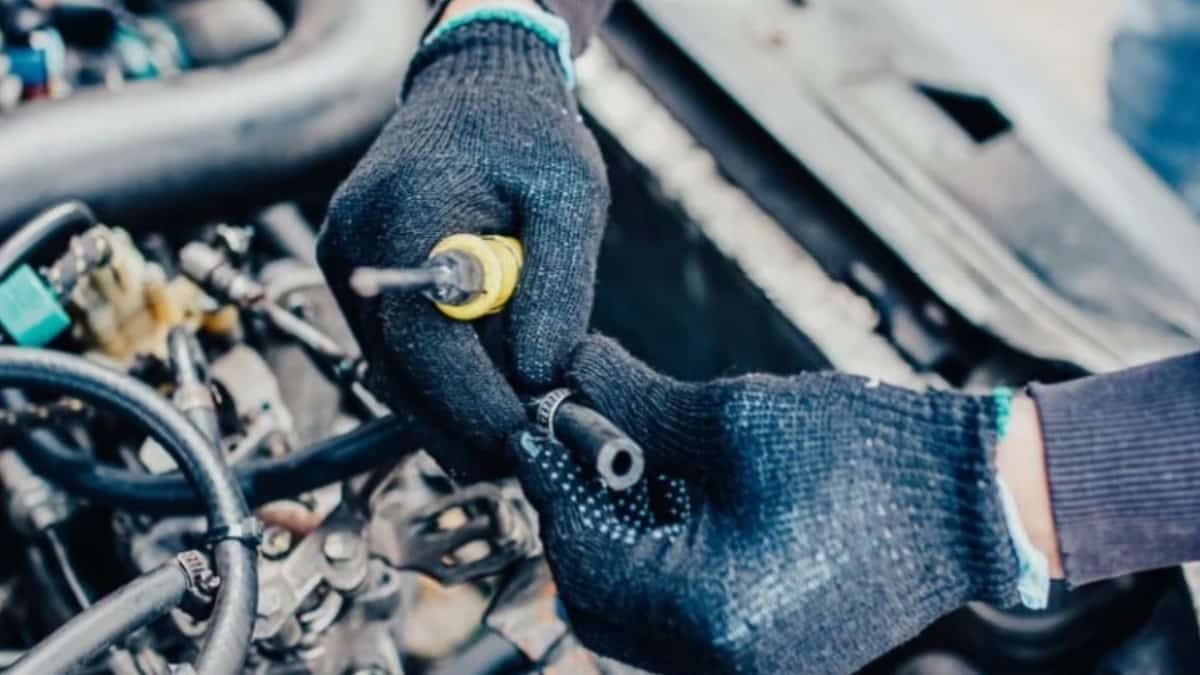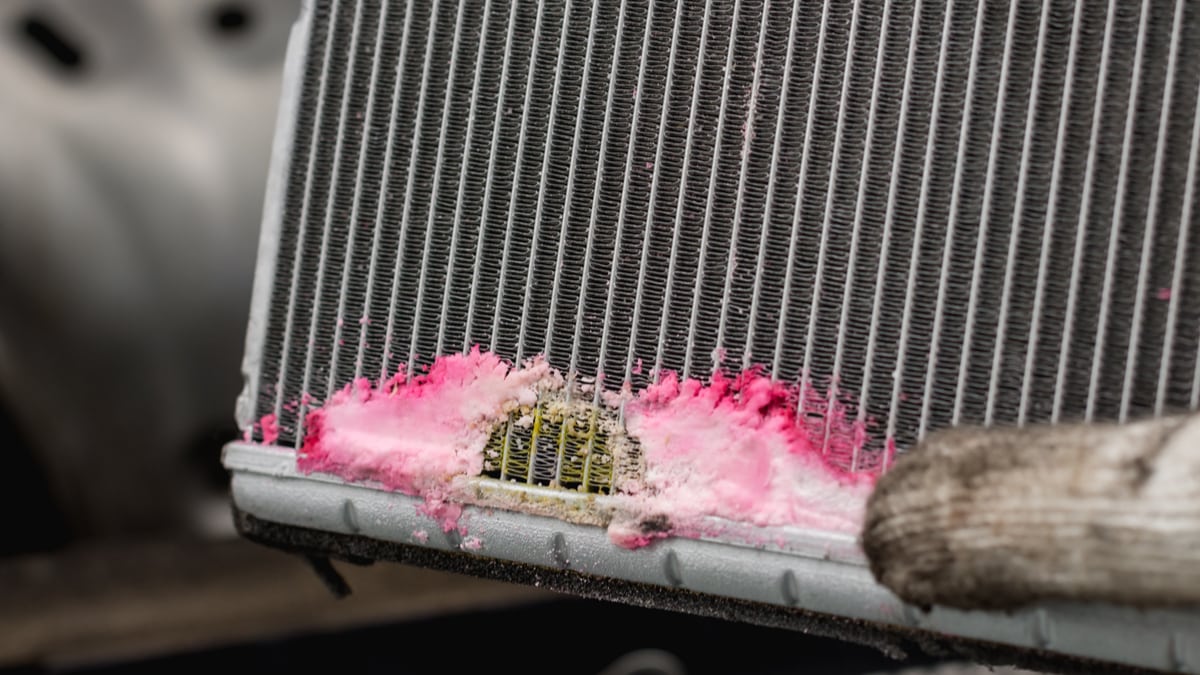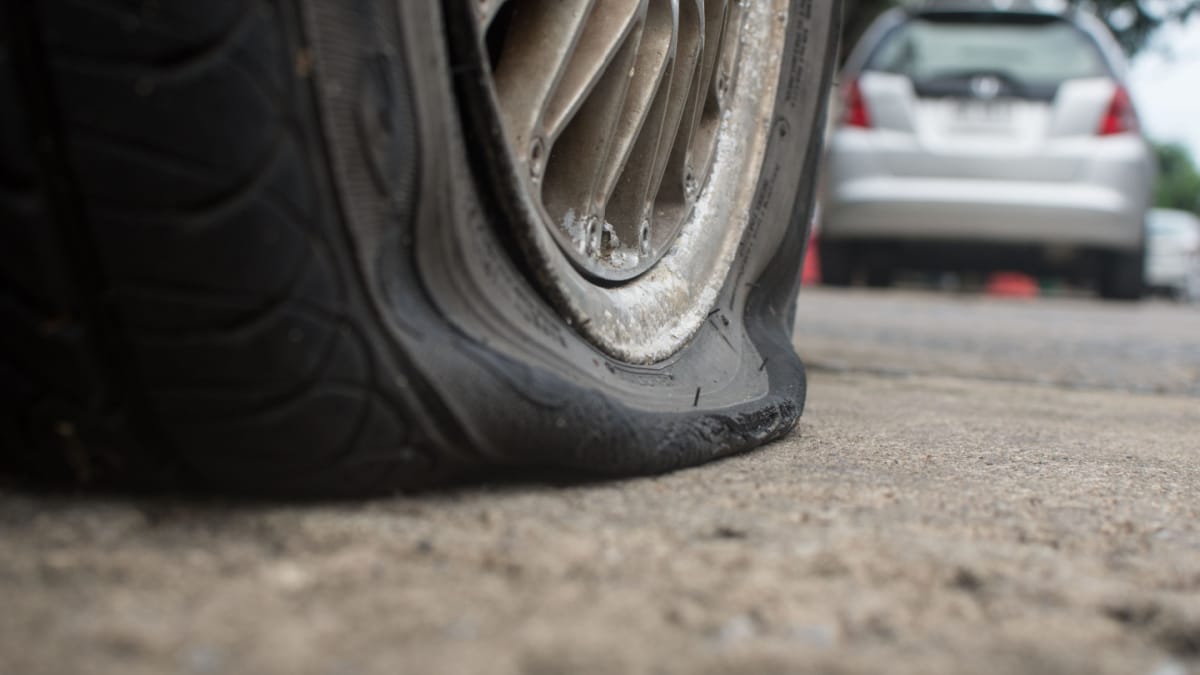If your car has a turbocharger, you may be concerned about a boost leak. What starts as a small issue can turn into major problems if left unchecked. That’s why it’s important to know the most common symptoms of a boost leak and figure out how to find it.
In this guide, we cover the signs of a boost leak, explain what it is and show you how to find it. We also discuss the average cost to fix a boost leak and answer some questions you might have while reading this article.
Boost Leak Symptoms
Most commonly, you’ll notice turbo lag when there’s a boost leak. You could also experience decreased acceleration, a Check Engine Light and black smoke from the exhaust. There’s a chance of higher fuel consumption, as well as a rough idle during this time.
Here are the six most common possibilities when there’s a boost leak. Let’s look at each one in more detail.
1. Turbo Lag

A turbocharger increases how much air fits into the cylinder, so performance and horsepower can also be increased. Before the turbo kicks in, the turbine has to spin fast. Before that, the turbocharger isn’t going to add any performance benefit to the car.
This time that it takes for the turbocharger to start up is known as the turbo lag. It’s the time spent when the turbo spools the air before it gets to the cylinder. If this process takes longer than it should, there might be a boost leak. Interestingly enough, diesel engines are more prone to turbo lag than gas-powered motors.
2. Decreased Acceleration
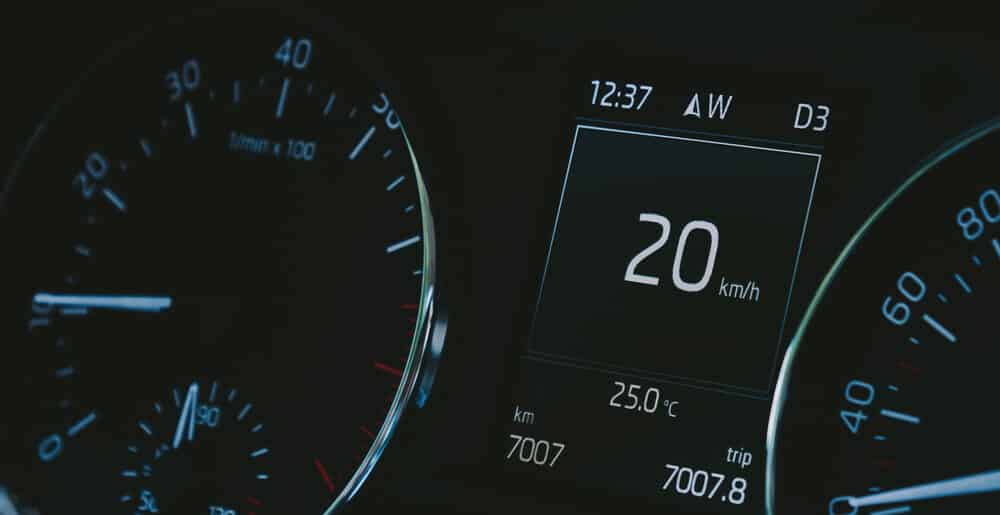
The turbocharger is designed to compress air and send it into the engine to mix with the fuel. This action naturally creates more power. However, if there’s a leak in the system and the air is escaping, you won’t be able to get enough power from the turbo.
When you push down the pedal, you may notice that the acceleration isn’t what it once was. It can take more time to achieve the performance you were accustomed to. You may even notice a slight drop-off in power when it is needed the most.
3. Check Engine Light
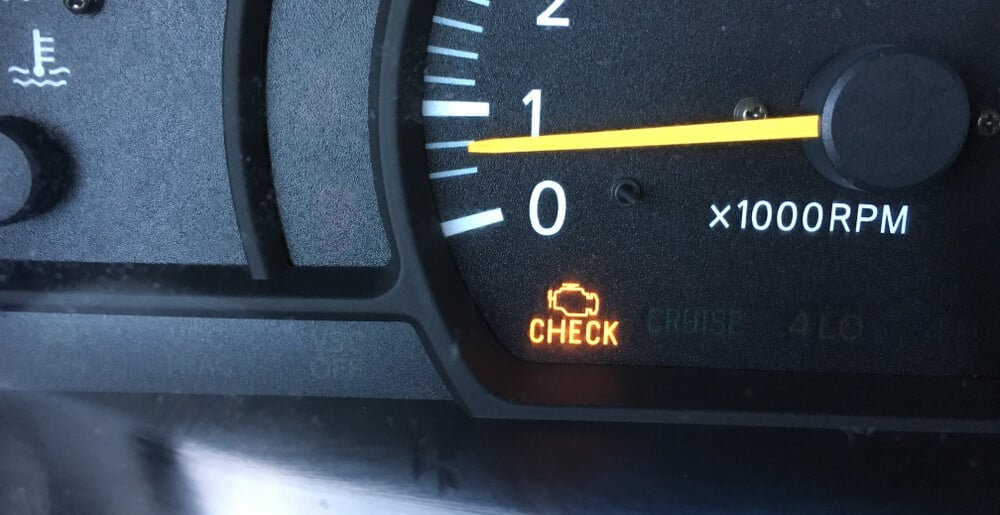
It doesn’t matter how small the boost leak is, your Check Engine Light should come on. In fact, this symptom may occur before any of the others at the first sign of a problem.
With your code scanner, you may see these DTCs:
- P0299 – Turbocharger/Supercharger A Underboost Condition
- P2262 – Turbo Boost Pressure Not Detected – Mechanical
- P0101 – Mass Airflow (MAF) Circuit Operating Range or Performance Problem
The presence of a certain trouble code doesn’t always tell you what’s wrong. You have to combine this information with the symptoms that are being experienced, as well as run through some diagnostic procedures, as listed below.
4. Black Smoke from the Exhaust
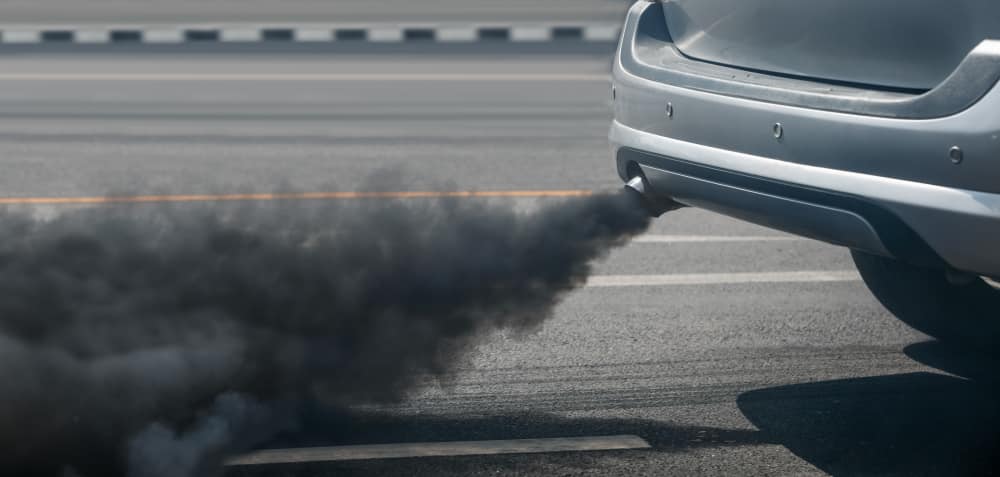
The Mass Airflow (MAF) sensor is responsible for measuring how much air is going into the engine. If a leak occurs between the MAF sensor and the engine, measured air is lost.
This problem leads to the wrong air-fuel ratio because the ECU sends out signals based on this faulty information. In the end, you are left with a rich mixture in the engine. This rich mixture creates black smoke from the exhaust because of the unburned fuel, especially while accelerating. Not only is this black smoke unsightly to look at, but it’s not good to be pumping into the environment.
5. High Fuel Consumption

If more fuel is being injected into the system than what’s needed, you are going to see a drop in gas mileage. It may not be a noticeable difference if you aren’t paying attention.
However, anyone who is measuring how many miles the car gets per gallon could see the decrease. Whether you notice it or not, it’s going to lead to more money out of your pocket every time you visit the gas station.
6. Rough Idle

With an imbalance of air and fuel, there are going to be significant performance issues, sometimes in the form of a rough idle. Normal engine idle is between 600 and 1,000 RPMs (revolutions per minute).
If you notice the idle jumping up and down or acting erratically, it could be due to a boost leak. In severe situations, the engine may also stall as a result of the erratic behavior.
What’s a Boost Leak?

A boost leak is when the air traveling past the MAF sensor doesn’t make it to the combustion chamber in a turbocharged or supercharged vehicle. Somewhere, usually between the turbocharger and intake manifold, there’s a leak that’s allowing the air to escape.
Non-forced induction vehicles can also develop an air leak, but these aren’t as prominent. The reason they occur less frequently in these systems is that the intake path doesn’t endure as much stress, so the clamps and seals don’t wear out as frequently.
What Parts Are Most Common For a Boost Leak?
The boost leak occurs anywhere within the turbocharger system. Air can escape from any clamp, coupler, intake pipe or boot. It can also be due to a poor vacuum connection or a damaged intercooler. Even the smallest crack can let air escape, leading to a boost leak.
Here are the most common places a boost leak is found.
- Pipes: The pipes in the turbocharger system are one of the most common areas for a leak. Typically, they are made from aluminum and they can handle the job of transporting the air from the compressor to the engine. Yet, after many miles of use, the tubes eventually weaken and fail, allowing air to escape.
- Clamps: The clamps used on the turbo system are not shabby. They are meant for big jobs, but can still fail after normal wear and tear. Once the clamps lose grip, air can escape and performance suffers.
- Couplers: Some pipes may be held together by couplers, which can also be the cause of a leak. When a coupler isn’t installed correctly, there can be air loss, leading to decreased power.
- Intercooler: Compressed air passes through the intercooler before it enters the engine. The intercooler is needed to cool down the hot air that’s created from the compressor and it supplies it with more oxygen, making it useable by the engine. When the intercooler fails, a leak can occur.
Keep in mind that these are simply the most popular places for a leak to occur. In reality, the leak can happen anywhere in the system. Consult your service manual for a diagram of the system, so you can troubleshoot the issue further.
How To Find A Boost Leak?
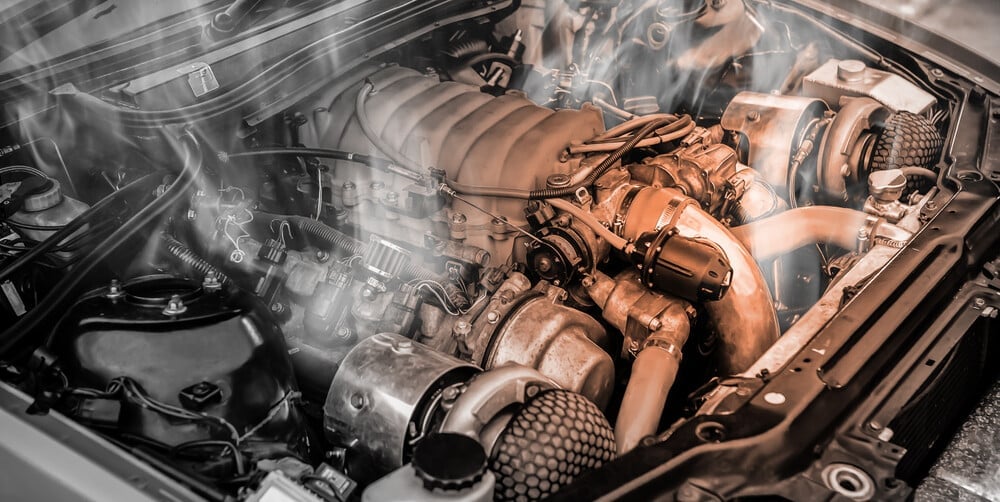
You have several ways to find a boost leak, with no mechanical expertise necessary. In fact, these would be the same steps that we would use as professional technicians.
- Scan the system for trouble codes. If you aren’t familiar with what the codes mean, use our online DTC library to learn more. Sometimes, just having the codes is enough to figure out what’s wrong.
- Perform a visual inspection. Look for cracks and defects in the parts and hoses. If you can find the leak, replace the offending parts.
- Listen for the leak. You may be able to find the leak simply by listening for a high-pitched hissing sound where the air is escaping.
- If you hear the area where the leak is but can’t find it, consider using some soap and water in a spray bottle. Spray down the area where you think the leak is and watch for small bubbles. These bubbles indicate where the air is escaping.
If these steps don’t help you find the leak, it’s best to take your car to the mechanic. You shouldn’t continue driving until it’s looked at by a professional.
How Much Does It Cost To Fix A Boost Leak?
It depends on what needs to be fixed. In many cases, the issue will be simple to repair, only costing a minimal amount in parts and maybe an hour of labor. In these scenarios, you may spend $75 to $150, depending on the cost of labor in your area.
If you can fix the boost leak at home, you’ll save money on the labor. In this case, you would only need to purchase the parts, which could be something as simple as a new hose or coupler.
If you can fix the boost leak at home, you’ll save money on the labor. In this case, you would only need to purchase the parts, which could be something as simple as a new hose or coupler.
Is a boost leak bad for your engine?
Yes, it’s never wise to ignore a boost leak. If hot compressed air runs through a weak system, it’s only going to cause more damage. If you continue to drive this way, the problems could lead to further issues for the turbocharger and the engine, especially when these parts continue working harder to compensate for the leak.
What problems can a boost leak cause?
The boost leak isn’t normally expensive to fix, so you don’t want to ignore it. Continuing to neglect the boost leak means you have to deal with engine performance issues, a Check Engine Light and continual wear to the parts. In the long run, you may need to replace a turbocharger because you didn’t deal with the problem immediately.
Can a boost leak cause turbo lag?
Yes, if the turbocharger isn’t getting the air it needs, there will be a lag until it spools up. You may hit the gas pedal but not feel the power kick on until a short time later. Because diesel engines tend to suffer from turbo lag, the problem can be even more noticeable with this powertrain.
Can a boost leak cause a stalling engine?
Yes, the combustion chamber must have the right amount of fuel and air to run. If this balance is thrown off because of a boost leak, you may notice a more erratic idle. If the idle situation gets bad enough, the engine may stall. Even if it doesn’t stall, you may notice other performance issues, such as delayed acceleration.
Dealing with a boost leak can seem like a real pain, but it’s normally not a big deal. Unless a major component needs to be replaced, you are likely looking at a minimal repair bill. Replacing a pipe or clamp is easy work that can be done in any home garage.
While this issue may not seem like a big deal, it shouldn’t be neglected. Continuing to drive with a boost leak is only going to cause more issues with the turbocharger and the engine. If you don’t have the experience or time to fix the problem, it’s best to take your car to a qualified mechanic for more help.
Categories: Engine
